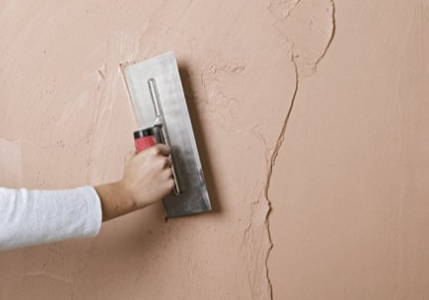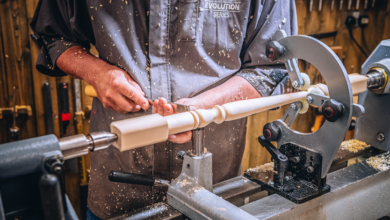Can Concrete Render Be Applied to All Surfaces?

Concrete render is a versatile and durable finish applied to walls and other surfaces to create a smooth, textured, or decorative appearance. It’s popular for both residential and commercial projects because of its strength, weather resistance, and ability to transform the look of a building. However, not all surfaces are equally suited to rendering, and understanding compatibility is essential for achieving a long-lasting finish.
Common Surfaces Suitable for Concrete Render
Certain substrates are ideal for rendering because they offer good adhesion and structural stability:
- Brick walls – One of the most common bases, brickwork provides excellent grip for render.
- Concrete block walls – Highly compatible due to their similar composition and porous surface.
- Cement sheeting – Often used for external cladding, this material accepts render well when joints are properly treated.
- Existing concrete walls – With correct preparation, concrete walls can be rendered for improved appearance and protection.
If you’re exploring how and where to use concrete render, it’s important to understand the unique properties of each surface to ensure the finish bonds properly and performs well over time.
Surfaces That Require Special Preparation
Some surfaces can be rendered successfully but need additional preparation:
- Painted surfaces – Must be stripped or roughened to provide a key for the render.
- Smooth surfaces – May need a bonding agent or mechanical key for adhesion.
- Lightweight cladding – Often requires reinforcement mesh to prevent cracking.
- Stone surfaces – Can be rendered with appropriate priming and surface treatment.
Surfaces Unsuitable for Direct Application
Certain materials are generally not recommended for direct rendering:
- Metal surfaces – Poor adhesion and corrosion risk.
- Timber – Movement due to temperature and moisture changes can cause render to crack or detach.
- Flexible or unstable substrates – Render will not adhere long-term and is prone to failure.
Importance of Surface Preparation
Regardless of the substrate, proper preparation is key to a durable finish:
- Remove dirt, dust, grease, and loose particles.
- Repair cracks or damaged areas before applying render.
- Use primers or bonding agents on tricky surfaces to improve adhesion.
Professional vs DIY Application
While experienced DIYers can achieve good results on simple surfaces, more complex or delicate substrates are best handled by professional renderers. Professionals understand the right mix, preparation, and application methods for different materials, reducing the risk of premature failure.
Read Also: How Green Tech Is Saving the Planet
In Summary
Concrete render can be applied to many surfaces, but its success depends on the compatibility of the substrate and the quality of preparation. Choosing the right surface, applying the correct preparation techniques, and using skilled application methods will ensure a finish that looks great and lasts for years.





